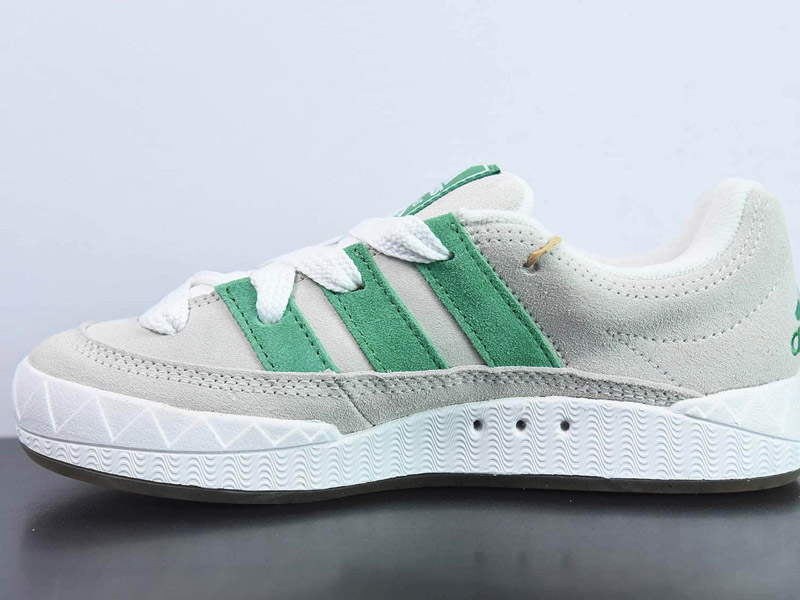TPR (thermoplastic rubber) is a polymer material modified from SBS thermoplastic elastomers and other functional additives. After extrusion, injection, molding and other processes, the soles made have good anti-slip performance. TPR shoe material has attracted attention and developed rapidly in the footwear market due to its characteristics of low temperature resistance, high bending, air permeability, low density, high bonding strength and recyclability. So, compared with other footwear, what are the advantages of TPR footwear?
Sole material characteristics and comparison:
The TPU sole is lightweight and wear-resistant, and the holes on the back are rounded, which makes it superior in performance despite its relatively high price.
Compared with PVC, TPR soles have better elasticity, lower weight and reasonable price. TPR materials can be identified by the way they naturally fall and bounce.
PVC sole price is low, but the quality is poor, especially in low temperature environment easy to break. PVC soles do not have injection holes, and there is an odor, long time storage may produce white substances.
PVC soles are the heaviest in these materials.

TPR shoe material has the characteristics of high elasticity and low temperature resistance of rubber, and has the advantages of low temperature resistance, high bending, air permeability, low density, high bonding strength and recyclability. It is a new material with high performance and easy processing. TPR sole material is essentially thermoplastic rubber material, excellent elasticity, anti-slip, moderate weight, reasonable price, so it is widely used in a variety of sole manufacturing.
Through these comparisons, it can be seen that TPR shoe material has shown its unique advantages in several aspects, making it a popular choice in the footwear industry.